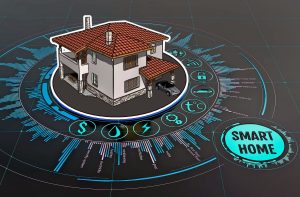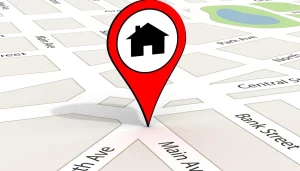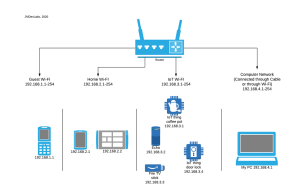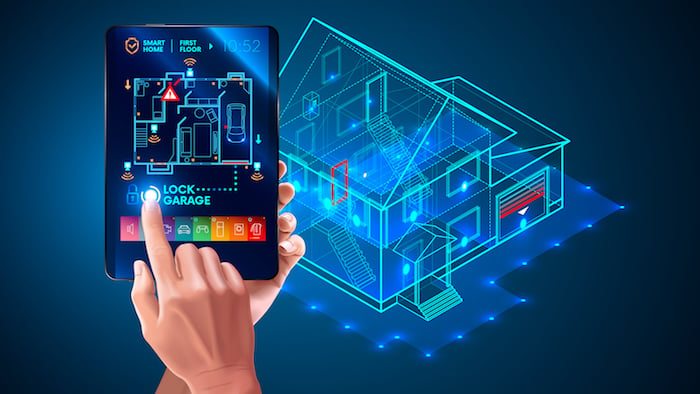This article is designed for homeowners and individuals who have incorporated smart home devices into their living spaces. The audience is seeking practical and easy-to-implement strategies to enhance the security of their smart homes. They may be concerned about the vulnerabilities of their smart devices and are looking for reliable ways to protect their privacy and data.
Introduction: Understanding Smart Home Vulnerabilities
In an era of increasing connectivity, smart home devices have seamlessly integrated into our lives, offering convenience and control at our fingertips. However, with this convenience comes the challenge of security. Smart homes, reliant on wireless connections, can become vulnerable targets for hackers. This article dives into the methods hackers employ to breach smart homes and provides you with six actionable strategies to safeguard your precious space.
1. Understanding Smart Home Vulnerabilities: How Are Smart Homes Hacked?
As the heartbeat of the modern home, smart devices create a network that hackers can exploit. Through unsecured wireless connections, software vulnerabilities, and subpar security features, hackers find their entry points. For instance, outdated router firmware and absent password protection provide an easy way for cybercriminals to infiltrate your network. Neglected software updates leave your devices susceptible, allowing code discrepancies to linger and be exploited. A lack of security features in devices paves the way for malicious actors to compromise your smart tech.

2. Quality Matters: Avoiding Knock-Off Products
When investing in smart devices, choose quality and reputable brands. Cheaper knock-off products may lack necessary security features or even come pre-infected with malware. Protect your smart home by opting for trusted products from established manufacturers.

3. Leveraging Geofencing for Enhanced Protection
Geofencing, a dynamic security tool, empowers you to establish smart device behaviors based on your proximity. By synchronizing actions with your presence, geofencing minimizes potential breaches. For instance, smart locks only deactivate when you’re near, thwarting unauthorized access attempts. Employing geofencing, while not foolproof, limits hackers’ ability to manipulate your devices remotely.

4. The Power of Authentication: Safeguarding Access to Your Devices
Authentication stands as the gatekeeper to your smart home. Utilize strong passwords, two-factor authentication, or passkeys to ensure only authorized users can access your devices. By implementing authentication, you add a layer of defense against hackers seeking to exploit unguarded access points.

5. Fortifying Your Wi-Fi Network: A First Line of Defense
Your Wi-Fi network acts as the backbone of your smart home ecosystem. Secure it through methods like password protection, changing default passwords, enabling encryption, and regularly updating software and firmware. A well-protected network discourages hackers by making their task more challenging and time-consuming.

6. Regular Updates: Bolstering Security Through Software and Firmware
Regular software updates and firmware upgrades are more than routine maintenance; they are vital for maintaining a secure smart home. Software updates patch vulnerabilities, ensuring hackers can’t exploit known weaknesses. Firmware updates optimize hardware performance and minimize vulnerabilities. Prioritize updates to safeguard your devices and data.

Conclusion: Ensuring Smart Home Security is Paramount
Your smart home offers convenience and control, but it also demands vigilance in safeguarding against potential cyber threats. As hackers target the vulnerabilities of interconnected devices, it’s crucial to fortify your defenses. By limiting connections, leveraging geofencing, prioritizing authentication, securing your Wi-Fi network, embracing regular updates, and choosing quality products, you can create a robust barrier against hackers’ attempts to compromise your smart home. Remember, protecting your smart home is not an option—it’s a necessity in an increasingly interconnected world.




